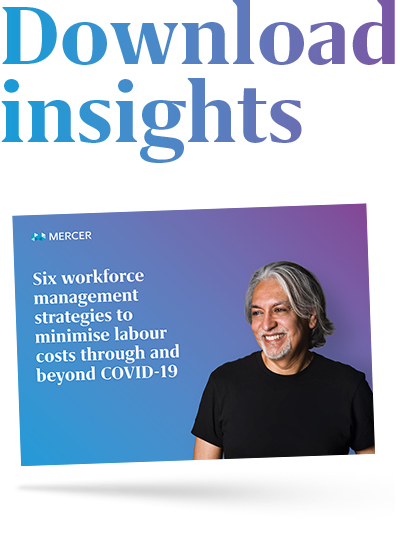What new opportunities do you have?
Returning to the workplace provides an opportunity for organisations to make a snap assessment of the extent to which their existing HR operating model is ‘fit for purpose’ in a new and unforeseen business environment. In the event that the operating model needs to change, consideration should also be given to whether HR processes, policies and structures should also change. For example, how well have these supported a distributed workforce? Are they flexible enough to continue to do so over the longer term?
This year has shown us that change can be faster than imagined – or than we thought was sustainable. So how can we take advantage of this opportunity to reduce complexity in our organisations and improve productivity?
Organisations at the forefront will be looking to get their houses in order as they return to the office:
- Redesigning performance frameworks and incentive programs to accommodate a higher ongoing level of working from home (WFH)
- Reconsidering reward strategy alternatives by factoring in the ‘value’ of the WFH environment
- for employees: no travel time/cost
- for organisations: less office space and lower infrastructure costs.
As change accelerates, there is also an opportunity to create a more sustainable and productive organisational structure by redesigning functions and roles. Re-engaging employees to leverage the strength of teams and the value of collaboration will be critical. And of course, employee listening will be a crucial component of determining the way forward.









